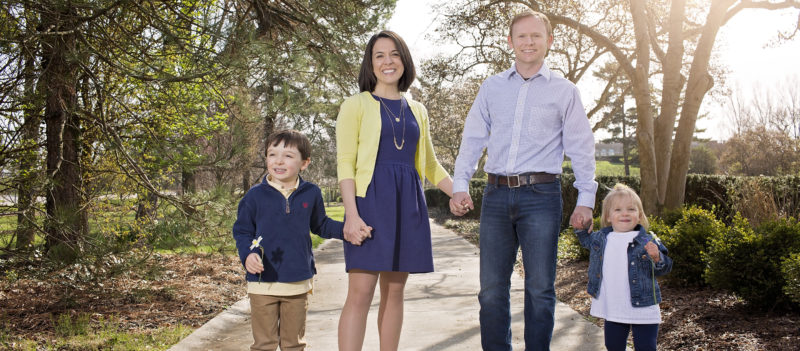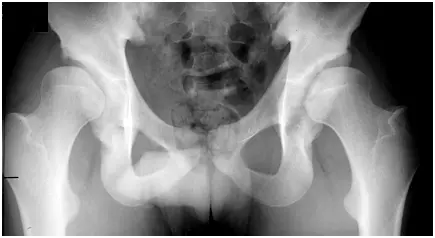Hip Dysplasia Surgery Recovery Time Child

Taking time off in the united states depending on the size of the company where you work the family medical leave act fmla might allow you to take up to 12 weeks unpaid leave per year to care for a family member.
Hip dysplasia surgery recovery time child. Most people with hip dysplasia. As an orthopedic specialist sharing a diagnosis with parents sparks many questions luckily we can offer answers. A re diagnosis of bilateral hip dysplasia. Over time the body becomes less accommodating to the repositioning of the hip joint.
An arthrogram x ray dye injected into the hip joint at the beginning of the surgery can help the surgeon decide exactly what needs to be corrected. Many adults with hip dysplasia see multiple doctors and wait years in pain for an accurate diagnosis. Developmental hip dysplasia tends to be hereditary and is most often present at birth but can develop during a child s first year. Parents want to understand not only the condition but what the future holds for their child after diagnosis.
It shows up in babies because the hip joint is made of soft cartilage when you re born. Hip dysplasia can run in families and it happens more often in girls than boys. The younger the child the better capacity to adapt the hip and the better chance of full recovery. Whether one or all three procedures are performed the recovery time is about the same.
If your child is much older six years and up take some time to explain the surgery to her or ask the doctor to explain it to her while you are present. The surgery for hip dysplasia requires about a week of hospitalization postsurgery following which the patient is discharged. If hip dysplasia is detected at birth it can usually be corrected nonsurgically with the use of a harness or brace. For parents a diagnosis of developmental dysplasia of the hip ddh brings a wide range of emotions and responses.
For about four to six weeks the patient will require assistance of crutches for ambulation. Spica casts are most commonly used for infants with development hip dysplasia ddh and for young children with broken legs or who have had hip or pelvis surgery. Usually babies born with hip dysplasia have no symptoms as it is usually not painful. At the age of 32 he re diagnosed me with bilateral hip dysplasia.
It normally takes about six months of recuperation following surgery to completely return back to normal activities after surgery for correcting hip dysplasia. After i got over the phenomenon of being an adult patient in a children s hospital i heeded his advice. Others may need a hip replacement in the future depending on how advanced the dysplasia was at the time of surgery. Hip replacement has improved the quality of life function and pain for patients previously thought to be too young for hip replacement when the joint is unable to be preserved.



















